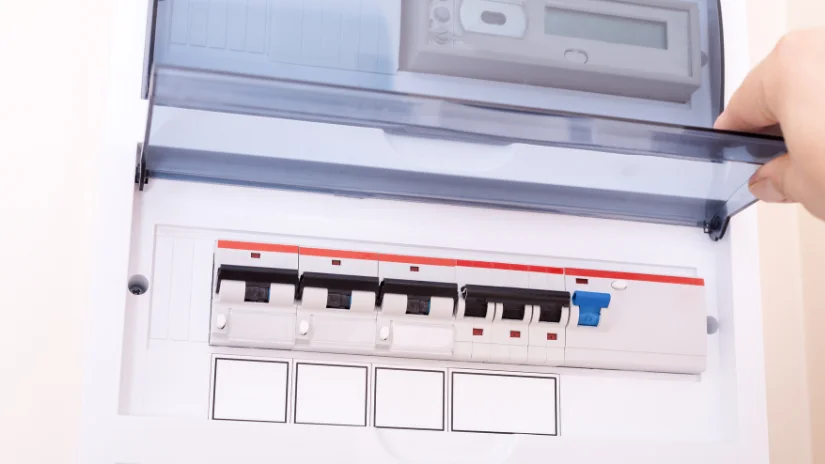What Does a Safety Switch Do?
A safety switch protects people from electric shock by detecting current leakage and shutting off power within milliseconds.
Circuit Breaker vs Safety Switch: The Key Differences
| Feature | Circuit Breaker | Safety Switch |
|---|---|---|
| Main Purpose | Protects circuits and appliances | Protects people from electric shock |
| Triggers When… | Overload or short circuit | Leakage of current |
| Reaction Time | Seconds | Milliseconds |
| Required in WA? | Yes | Yes |
Why Both Are Essential for Perth Homes
Some homeowners think having one is enough, but you need both: breakers prevent fires and appliance damage, while safety switches protect lives. COYCO electricians frequently inspect Perth homes and find missing safety switches—a major risk.
Get in touch with COYCO to book a callout and make sure your home’s electrical system is safe and compliant.
Quick Checklist: Is Your Home Protected?
- Open your switchboard.
- Look for “safety switch” or “RCD.”
- Press the test button—it should trip instantly.
- If you only see breakers, call an electrician.
FAQs About Circuit Breakers and Safety Switches
1. Do I legally need both in WA?
Yes, both devices are required in WA homes.
2. How often should I test my safety switch?
Every 3 months. Press the test button to confirm power cuts.
3. Can I install a safety switch myself?
No, this must be done by a licensed electrician.
What should I do if I don't have both?
Understanding the difference between a circuit breaker vs safety switch can save you from dangerous assumptions. Circuit breakers protect your home and appliances, while safety switches protect your life. Both are essential for electrical safety in Perth homes. If you are not sure if your home is fully protected, click the button below to get in touch







